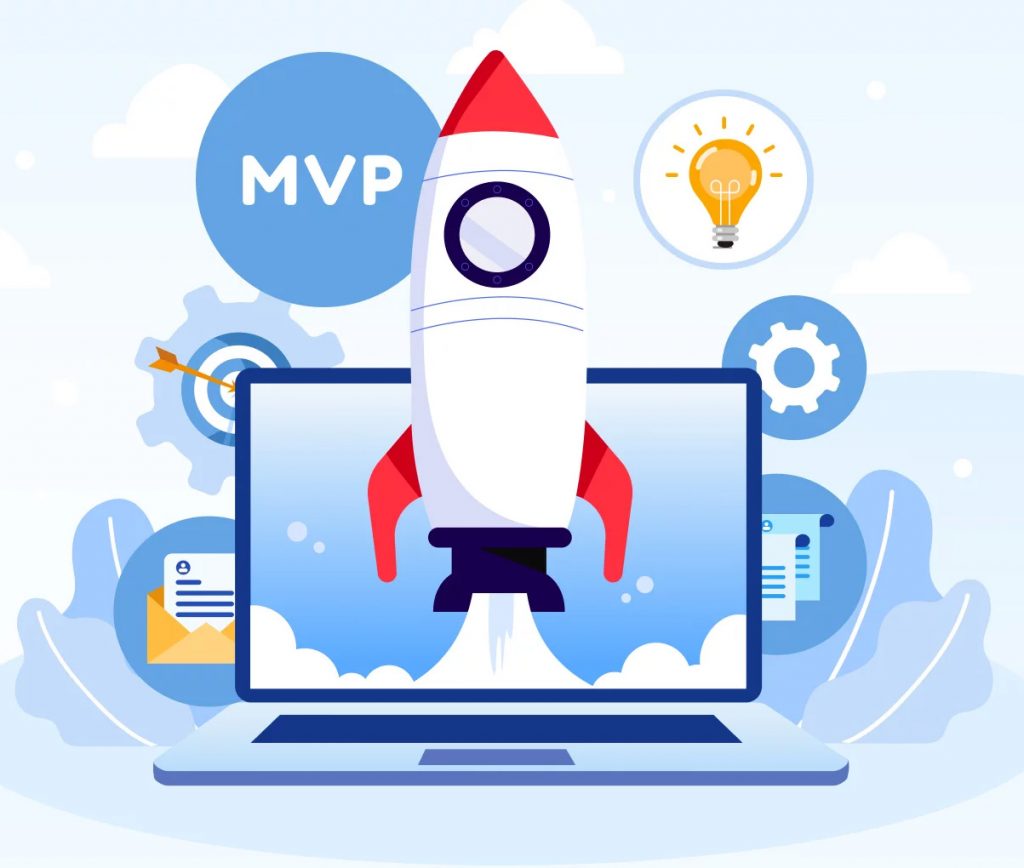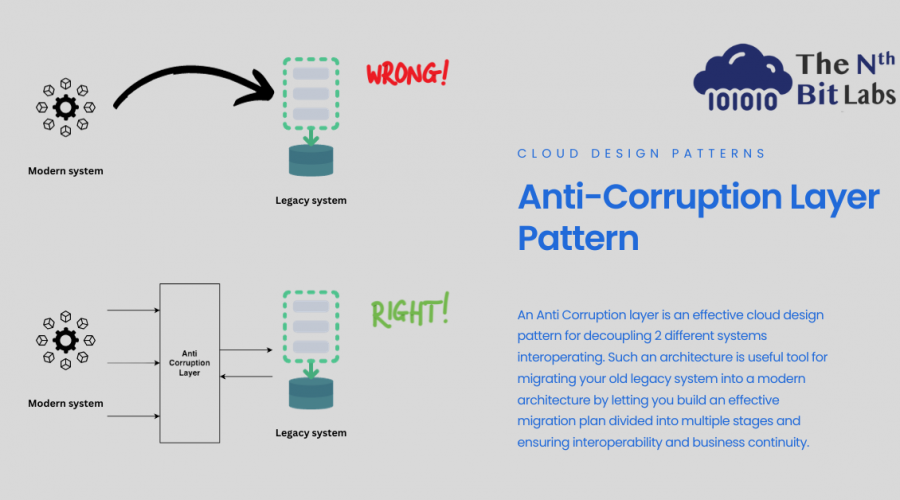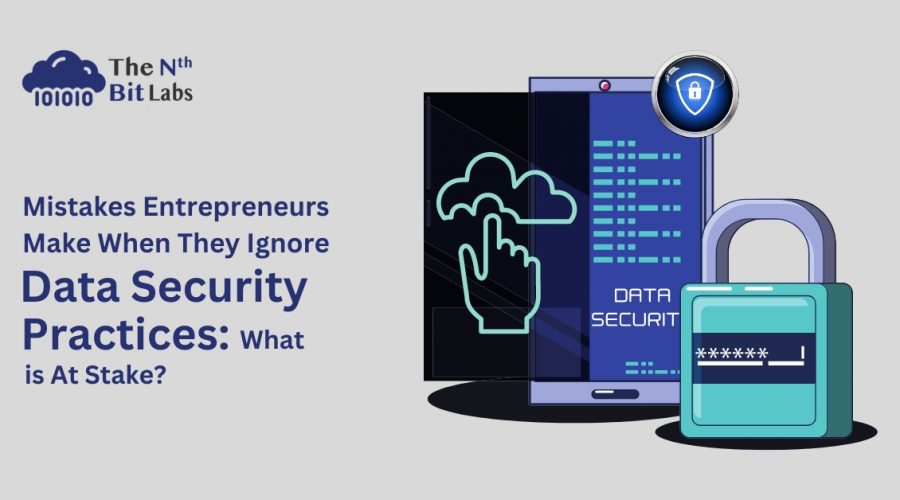As a wise saying goes, “Sometimes you make the right decision, sometimes you make the decision right.” The more you read, the more you can see the beauty of these lines. And if you are an entrepreneur then only you know that ‘truer words were never spoken before’. Being an entrepreneur myself, I understand that an entrepreneur’s journey is no less than a rollercoaster ride. It is a journey of dreams where every step is a dance between uncertainty and opportunity.
As tech experts, we get the chance to meet up with many entrepreneurs and founders across a multitude of industries. And let me tell you, the ideas we’ve encountered are nothing short of brilliance, brimming with the potential to completely transform their industries. But you know what? The magic truly happens when these incredible ideas take flight and become reality, fueled by an ingenious plan, seamless team coordination, and a touch of sheer brilliance in execution.
During our pre-sales discussions with several entrepreneurs, my team and I observed a recurring pattern in the challenges faced by most startups. Among the myriad challenges these visionary trailblazers face, we have identified some of the most common concerns and today we are going to share our thoughts on them.
The first question is a no-brainer and asked several times to me i.e., “What technology stack should startups prioritise?”. Along with this, the follow-up question that echoes in the hearts of all ambitious entrepreneurs: how to make the startup scalable and fault-tolerant so that it can handle the surge of users without crumbling under peak loads?
And since most startups are closely associated with limited funds and resources, here comes the final question, “How do we strike the perfect balance and allocate our resources wisely for technology?”. We understand that every startup dreams big to create its unique identity in the world. Let’s call it a shared dream for all of us.
Spilling the Secret of Success
Let me be very clear that I am aware of the fact that every business has its unique proposition and thus one size does not fit all. Looking at everyone through the same lens is just like making the same size jersey for an entire football team. It sounds nonsensical, right? I am not trying to do that. What I am proposing here is a generalised idea of how to leverage the technology to keep your startup at the forefront of the industry. There is no easy way to solve this conundrum — it needs expertise and experience.
We are building an MVP, What should be our tech stack?
A startup technology in the MVP stage doesn’t need to be perfect; it needs to combine the essential features to satisfy its initial customers. If your startup is in the MVP stage, I suggest you focus on utilising your available tools and resources for a faster prototyping process. Scaling should be the least of your worries at this stage.

Scaling can be the outcome of a successful MVP iteration. If you worry about scaling at this stage, you’ll easily lose focus and end up wasting your time and resources. It may cause operational inefficiencies, poor customer experience and ultimately, the fall. So utilise your valuable resources at the right place and focus on how to tap your target audience by making the product user-friendly.
If we are redesigning an existing product, what should be our prime focus while choosing a tech stack?
If your product category already exists and has a defined marketplace, then we would say that you should choose a technology stack that would help you in scaling your business.
A scalable technology stack can accommodate increased demand, helping your business expand without significant disruptions. Remember, you’re not building your business just for today; you’re crafting the future of your startup. You don’t want your dream to shatter only because your system cannot handle the surge of users, right? Scalable and fault-tolerant systems are like loyal knights protecting your business from potential threats.
Along with the scalability, you should also focus on business resilience and disaster recovery plans for your startup to protect it from all kinds of unexpected threats. Even a minor mishap can set off a domino effect on your business that causes severe financial losses and reputational repercussions.
But you can make a business resiliency and disaster recovery plan to cope with extraordinary circumstances and events. You should create actionable strategies and solutions that include regular data backups, redundant systems and substitute communication plans. With the right disaster recovery and business continuity plan, you can save your business from sinking. Being prepared for adverse situations is always the wiser choice because even luck favours those who are prepared.
As a SaaS startup aiming for success, what are the specific areas of the technology stack we should focus on?
It is very important to fine-tune your strategies with the latest technology in the SaaS industry. For rising as a successful SaaS startup technology you should have a strong and secure system that efficiently utilises patterns for identity management, authentication and authorization.

If multi-tenancy is the core of your software, you must ensure the safety of your customer’s data through various tenant isolation strategies. Limiting one tenant’s access to another’s resources is the first step for an efficient SaaS design. Multi-factor authentication (MFA) is another way to make your SaaS environment secure and accessible.
The landscape of SaaS is so vast that it is not possible for me to include it here in this blog therefore I am only touching on the major points. But I’ll try to bring more posts in the future solely on this topic only. Stay connected for that!
For now, let’s move forward and explore the topic further.
Microservices architecture. Should you or should you not?
Most often people tend to get attracted towards buzzwords. You shouldn’t build something just because you can. While microservices architectures are great for scalability. But do you need it? I’d say, start out as a service-based architecture and gradually evolve towards microservices only if it is essential. With SOA you can integrate advanced technologies in your application and save cost and time efficiently.
Need a Solution for Your Business?
I think that is all from my side for this post. I’ll try to bring more such posts in the future and lend a helping hand in the best way possible. If you have any questions regarding this then email us at hello@thenthbit.com
Need technical advice for your startup? You can connect 1:1 with our tech expert. Book your appointment by clicking on this link-https://calendly.com/hello-thenthbit/30min






